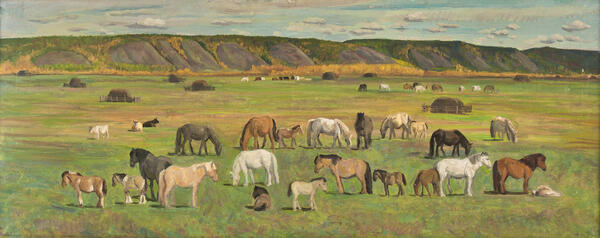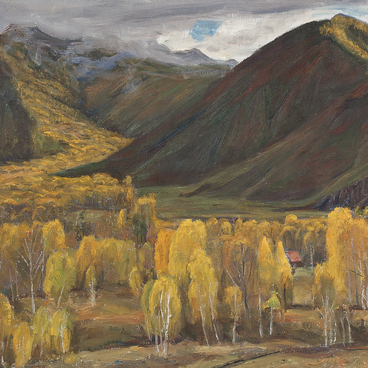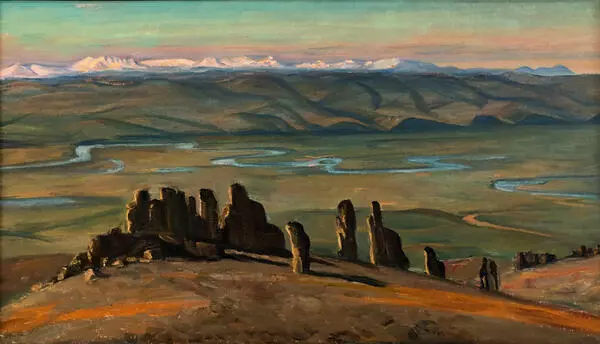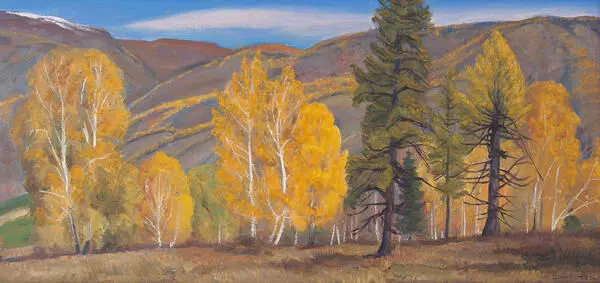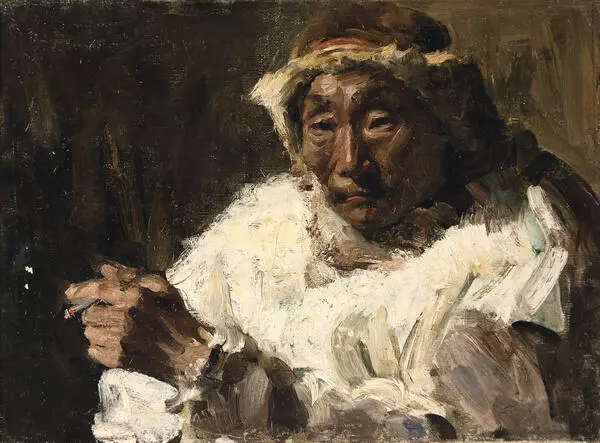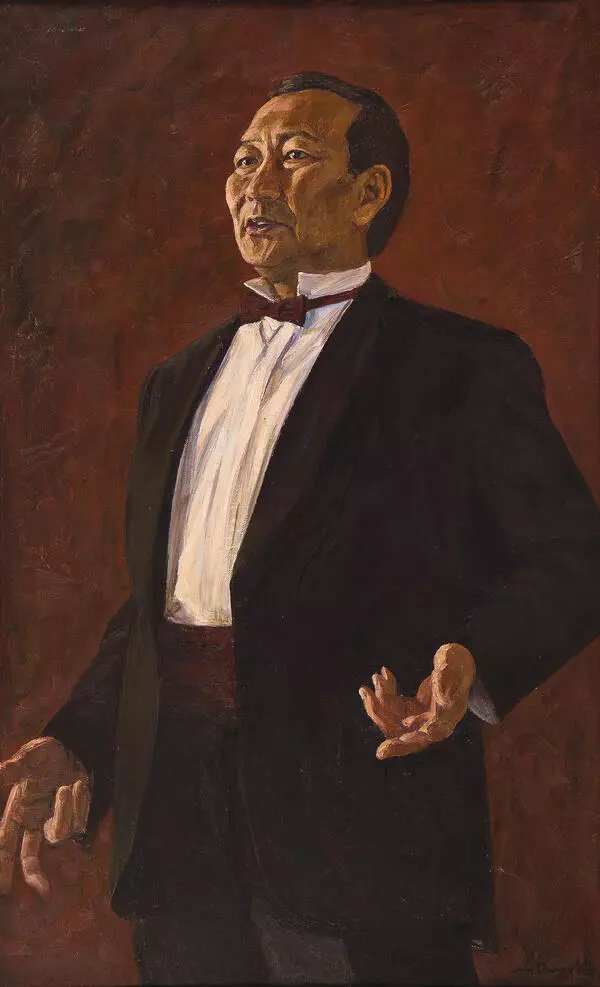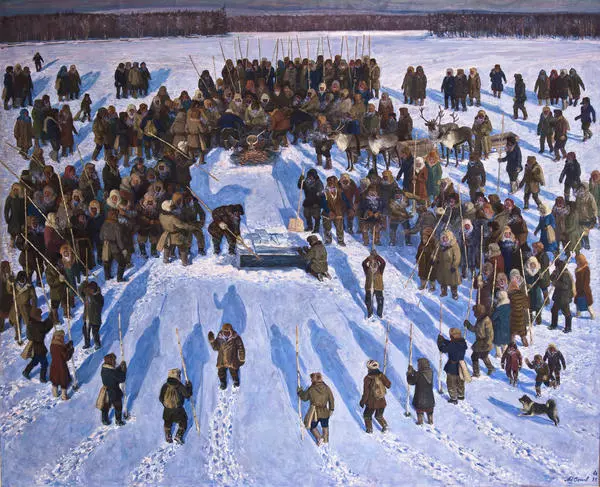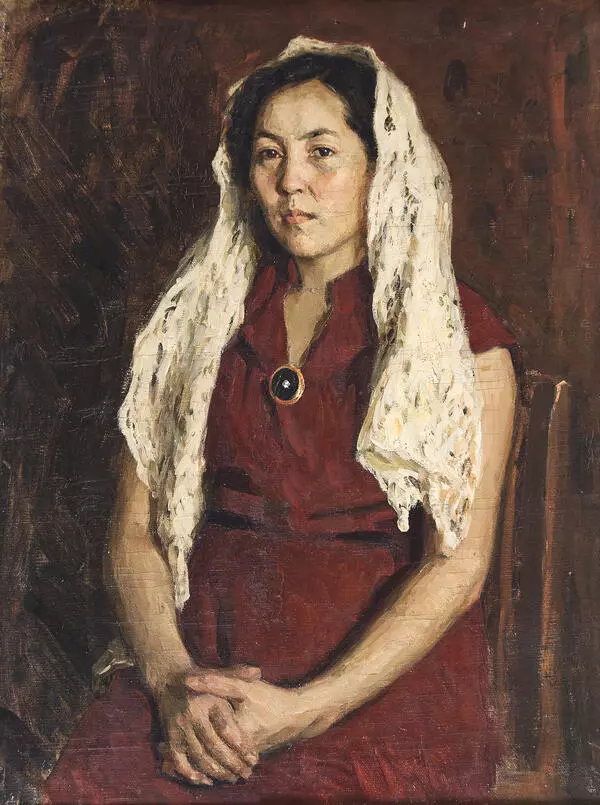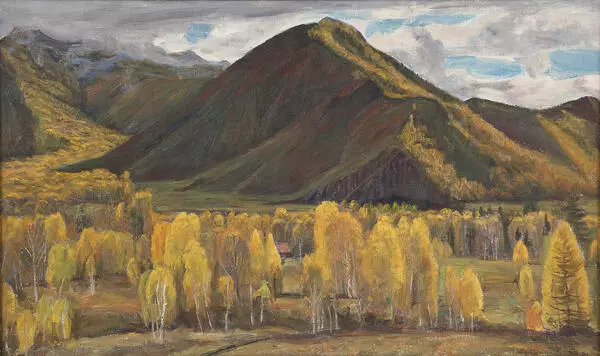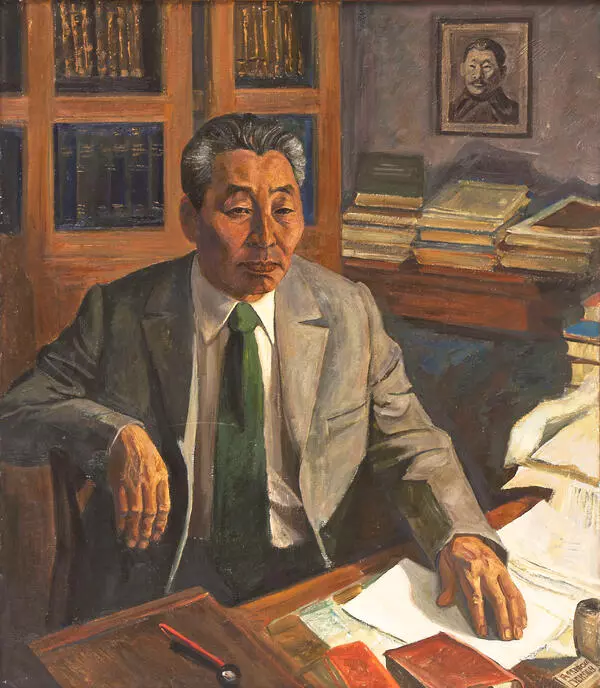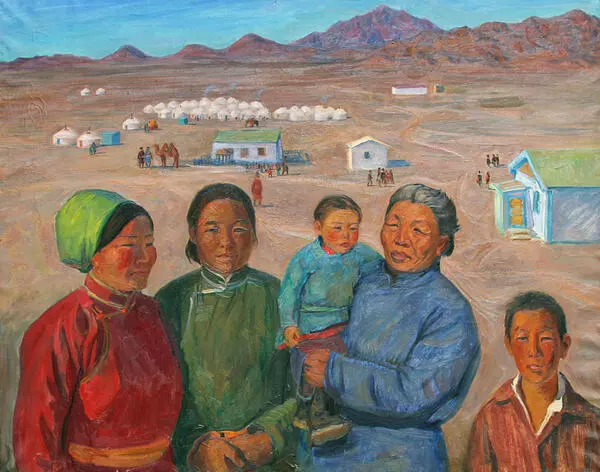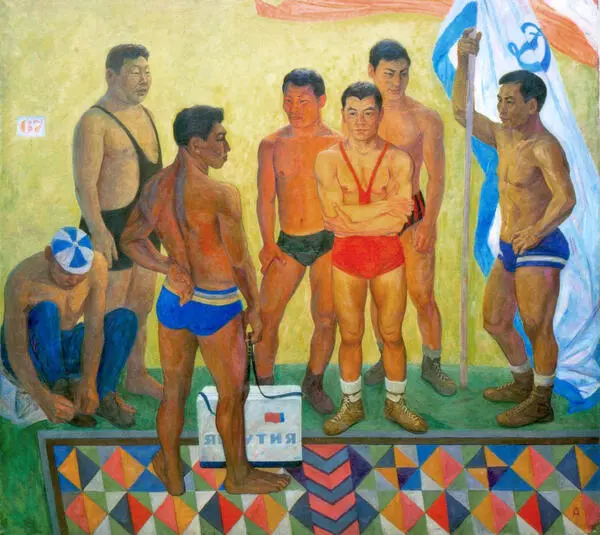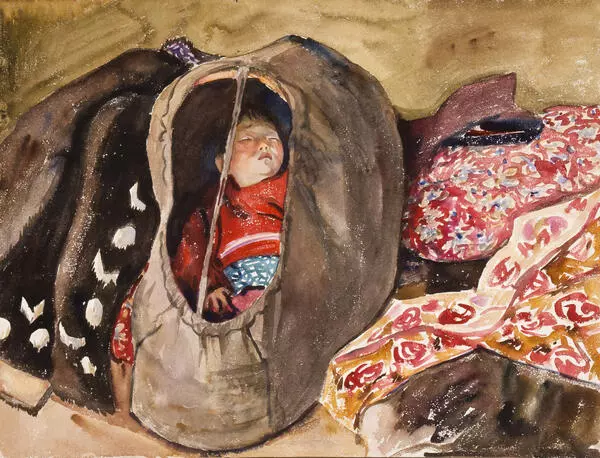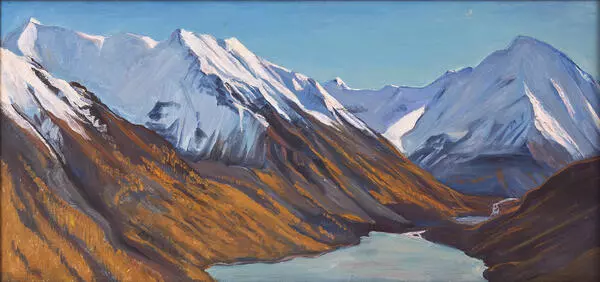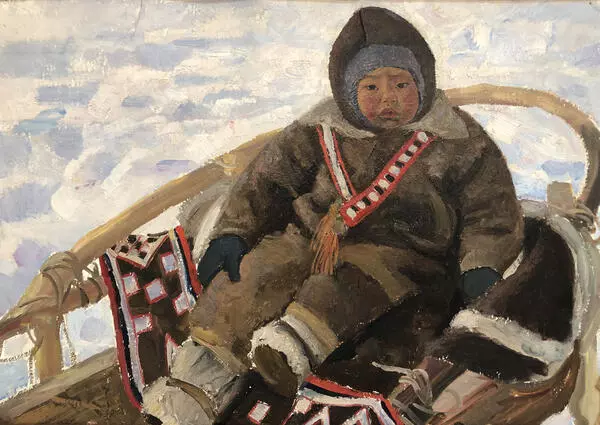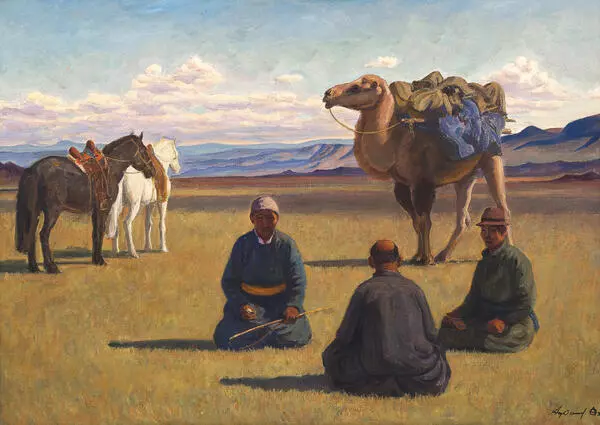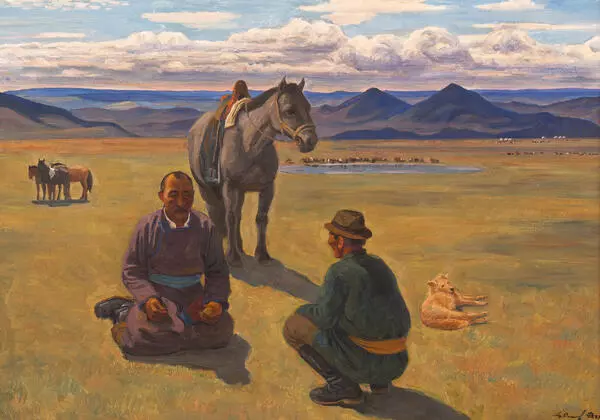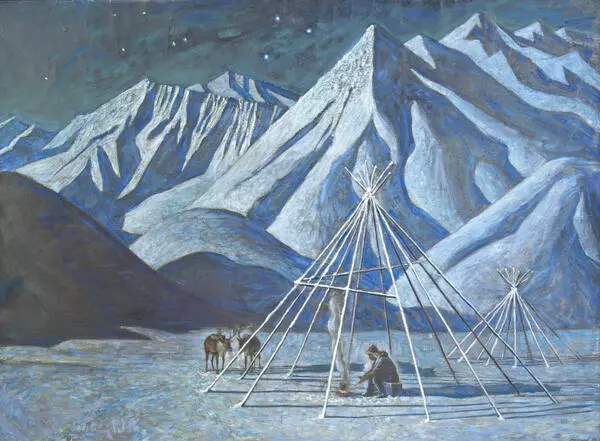The National Art Museum of the Republic of Sakha (Yakutia) features landscapes of Afanasy Osipov who was a Yakut painter, People’s Artist of the USSR, and academician of the Russian Academy of Arts. Osipov was one of the co-authors of the state emblem of the Republic.
The artist was born in 1928 in Gorny Ulus in Yakutia. He graduated from high school and technical school, and then went to Moscow to study at an art school.
The audience got acquainted with the landscapes of Afanasy Osipov at his personal exhibition in Moscow in 1978 opened in connection with the 50th anniversary of the artist. Here, landscapes that were recently painted occupied almost half of the exhibition. They changed the idea of the Yakut painter whose work was perceived in a new light. Before this event, Osipov rarely presented individual landscape studies at small current exhibitions. There were also paintings of “mixed genre”, in which landscapes served as a background or helped to complement the content of paintings.
Osipov began to turn to landscape in the mid-70s, while continuing to work in other genres. The painting “Autumn on the Amga” depicts a grazing herd. The landscape is executed in a muted scale. The sky is made in soft iridescence of color, while warm shades are written on withered grass, and the forest in the distance is painted in golden colors. The master eliminates dynamic elements by placing animals symmetrically, drawing lines of the forest, mountains, and horizon parallel to the edge of the canvas. Color chords of animals in the near and middle plans animate the stillness of the landscape.
Contemporaries recalled that the landscapes of the painter Afanasy Osipov reflected his character and temperament. Writer Natalia Kharlampieva recalled in an essay: “I was surprised and admired not only this. In his perception of the world, everything was harmonious, and everything had its place, such as good, evil, envy, gratitude, and the ability to be the first or trudge at the end. He took life philosophically both without judging anyone and without offending anyone. In the valley of his life, love and talent bloomed. Life boomed in all its splendor, and the peaks of the mountains sparkled, thus reminding of honor and dignity.”
The artist was born in 1928 in Gorny Ulus in Yakutia. He graduated from high school and technical school, and then went to Moscow to study at an art school.
The audience got acquainted with the landscapes of Afanasy Osipov at his personal exhibition in Moscow in 1978 opened in connection with the 50th anniversary of the artist. Here, landscapes that were recently painted occupied almost half of the exhibition. They changed the idea of the Yakut painter whose work was perceived in a new light. Before this event, Osipov rarely presented individual landscape studies at small current exhibitions. There were also paintings of “mixed genre”, in which landscapes served as a background or helped to complement the content of paintings.
Osipov began to turn to landscape in the mid-70s, while continuing to work in other genres. The painting “Autumn on the Amga” depicts a grazing herd. The landscape is executed in a muted scale. The sky is made in soft iridescence of color, while warm shades are written on withered grass, and the forest in the distance is painted in golden colors. The master eliminates dynamic elements by placing animals symmetrically, drawing lines of the forest, mountains, and horizon parallel to the edge of the canvas. Color chords of animals in the near and middle plans animate the stillness of the landscape.
Contemporaries recalled that the landscapes of the painter Afanasy Osipov reflected his character and temperament. Writer Natalia Kharlampieva recalled in an essay: “I was surprised and admired not only this. In his perception of the world, everything was harmonious, and everything had its place, such as good, evil, envy, gratitude, and the ability to be the first or trudge at the end. He took life philosophically both without judging anyone and without offending anyone. In the valley of his life, love and talent bloomed. Life boomed in all its splendor, and the peaks of the mountains sparkled, thus reminding of honor and dignity.”

